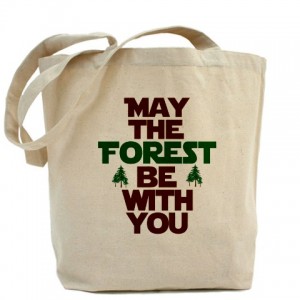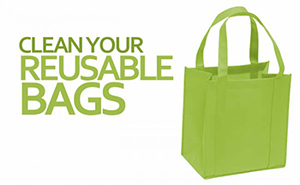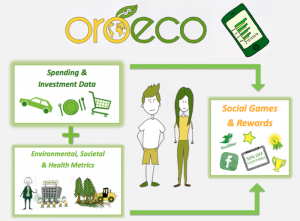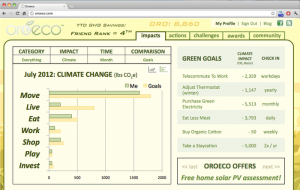When you think of the most common associations that come to mind when you think of the brand name McDonalds, I bet that sustainability is not high on the list. McDonalds has built its brand around providing value, quick service, and fun for the family, so why turn to sustainability now?
The pure volume of food McDonalds produces (to give a rough estimate there are over 33,000 stores around the world) on its own, presents a huge sustainability hurdle to overcome, never mind the fact that this volume is coming from some of the most unsustainable foods out there such as beef. However, that doesn’t seem to be stopping them from trying.
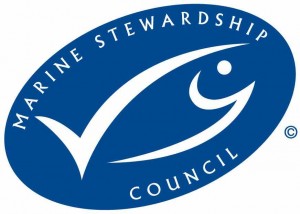 In addition to their recent efforts to reduce animal cruelty in their supply chain, they recently announced that they received the Marine Stewardship Council certification for their U.S. supply chain. This certification requires that McDonalds source fish from suppliers that follow strict standards for ecosystem impact, management, as well as health of fish stock. So for all you lovers of the Filet-O-Fish sandwhich, you can now celebrate the fact that your order will be made with wild-caught Alaska Pollock.
In addition to their recent efforts to reduce animal cruelty in their supply chain, they recently announced that they received the Marine Stewardship Council certification for their U.S. supply chain. This certification requires that McDonalds source fish from suppliers that follow strict standards for ecosystem impact, management, as well as health of fish stock. So for all you lovers of the Filet-O-Fish sandwhich, you can now celebrate the fact that your order will be made with wild-caught Alaska Pollock.
While this certification may seem like a small move for McDonalds, it could have huge effects across the industry since competitors are surely watching, taking note, and will hopefully follow suit. Therefore I do applaud their effort, although doubt it will make much of an impact to consumers. Changing perceptions of a brand that is so strongly associated with their core product offerings such as the Big Mac which are both unsustainable and unhealthy is incredibly tough. Their fish products are still such a small percentage of their overall business that unless they make more dramatic changes to increase the sustainability of their entire supply chain and their sourcing of beef then I don’t think they will be changing the minds of eco-conscious consumers any time soon.
Reference: Mcdonald’s now Serves Certifiably Sustainable Fish, But Does it Matter?
